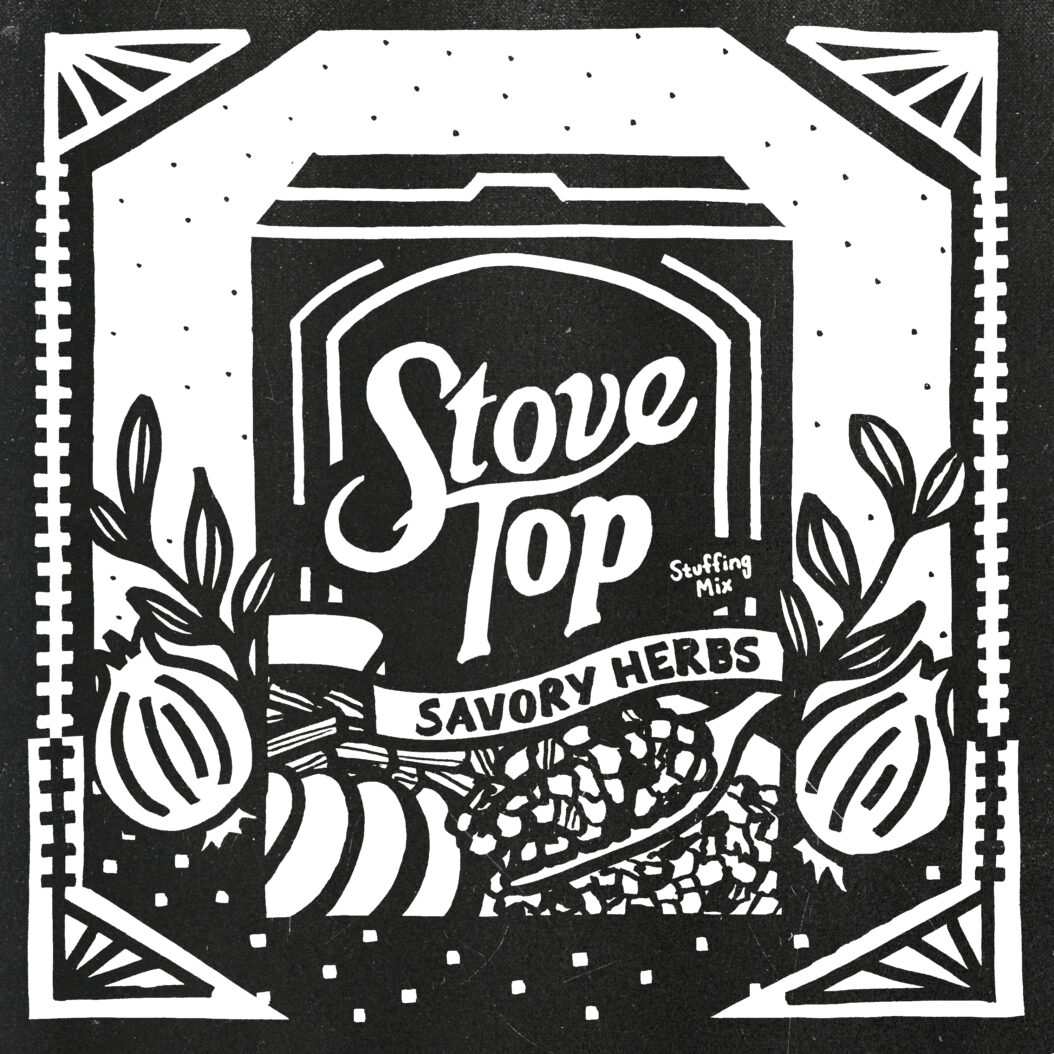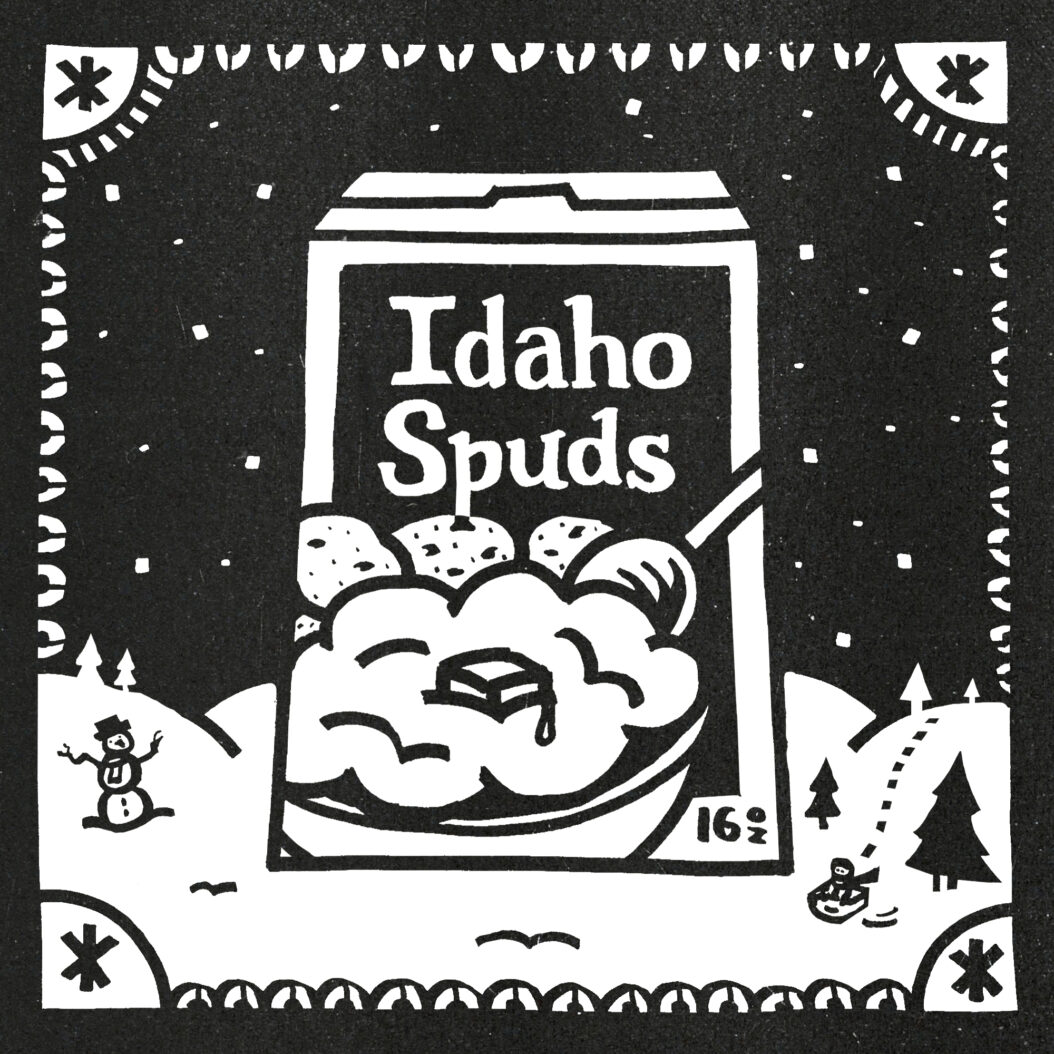
Popcorn becomes a fad…
Remember Jiffy Pop? I hadn’t thought of it in years, but a reader suggested looking into it so here we are…
Jiffy Pop was invented in 1958, but I really can’t figure out why. I’ve searched all over the internet, but no one provides a reason to invent an expanding disposable popcorn pan for popping popcorn on the stove. You could ALREADY pop popcorn on the stove. In a regular pan! Jiffy Pop just made it take slightly longer. I’m looking for help here, friends. If you have thoughts, shoot ‘em over. (Was it because the nation was enamored with space travel and shiny aluminum, maybe?)
I know some of you might say, “Dudek! It’s for camping!” And I agree that popping Jiffy Pop over a fire is not to be missed. But the original ads showed a mom making it on a stove. No campfire in sight. I’ve also heard a few suggestions that it is “safer,” but is it? Really?
Why ever it was invented, it was a huge hit. People oohed and ahhed and happily shook that pan for 1000 minutes to see the Jiffy Pop pan expand and accommodate those exploding corn kernels. And then all those families enjoyed popcorn that was a little less good that the kind you pop in oil on the stove. (My bias is showing.)
Microwave popcorn was really a nail in the coffin for the popularity of Jiffy Pop. In 1983, Orville Redenbacher introduced his version. It was fast and easy and safe, and clearly the popcorn of the future. But microwave popcorn is its own story, and one we will get to soon enough.
(A note after the fact… Now that I think about it, Jiffy Pop is a little like space ice cream: A product designed to treat you to an interesting, yet slightly disappointing experience. Sorry, kids.)


